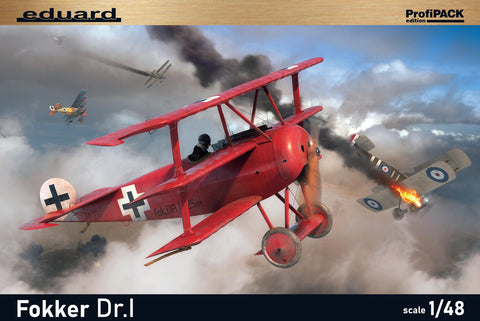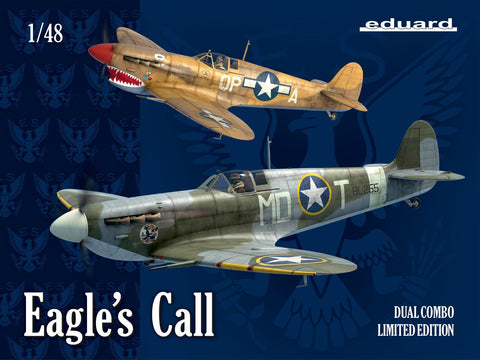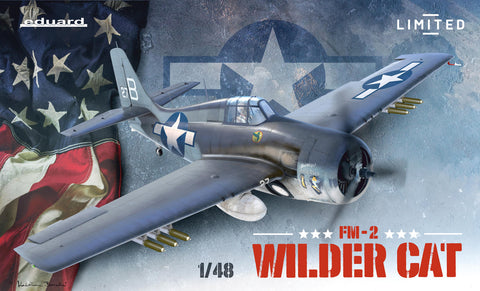Hermann Graf, although flying with the Luftwaffe already from the start of the Second World War, didn‘t fly combat until operations over Crete. His first combat victories were achieved over the plains of the Soviet Union with JG 52. He was very successful, and in the space of thirteen months, he would amass 202 kills over Soviet aircraft. On September 16, 1942 he was awarded Germany‘s highest honor the Knight‘s Cross with Oak Leaves, Swords and Diamonds. After that, he was withdrawn from combat and made CO of the training unit JGr.Ost. After a short stint with JG 50, he was made CO of JG 11 on November 11th, 1943, and on October 1st, 1944, he stepped into the same role with his former JG 52, which he would lead up to the end of the war. After the war, the Americans turned him over to the Soviets, who would not release him until December 25th, 1949. Hermann Graf died on November 4th, 1988 in Engen. Hermann Graf flew two aircraft while serving with JGr.Ost, an Fw 190A-4 and an Fw 190A-5. The aircraft carried a red tulip motif on the yellow engine cowl, with a similar design being carried on the rudder with a scoreboard of his kills. Graf‘s personal marking appeared on the rear fuselage on the left side, while the unit badge of an eagle teaching her young to fly appeared on the right side.
A German fighter pilot of Austrian descent and a native of Gmünd situated near the border with Czechoslovakia, Walter ‚Nowi‘ Nowotny was a holder of the Knight‘s Cross with Oak Leaves, Swords and Diamonds, and shot down 258 enemy aircraft over the course of 442 combat sorties. He was killed in an Me 262 Schwalbe in combat with American escort fighters near an airfield at Hesepe on November 8th, 1944. ”Nowi’s“ aircraft got a non-standard camouflage consisting of two shades of dark green, most likely RLM 70 and its combination with another color. The yellow wingtips of the undersides and yellow band round the fuselage identified the aircraft flying in the Eastern Front. The JG 54 aircraft bore yellow band on the fuselage, underneath the fuselage crosses, and bottom part of the rudder was painted yellow as well. The front part of the propeller spinner bore, most likely, yellow spiral. Underneath the cockpit there was a private symbol of the pilot.
- Plastic Parts: Eduard
- Photo-etch set
- Painting mask
- Decals Eduard
- 5 Markings


















